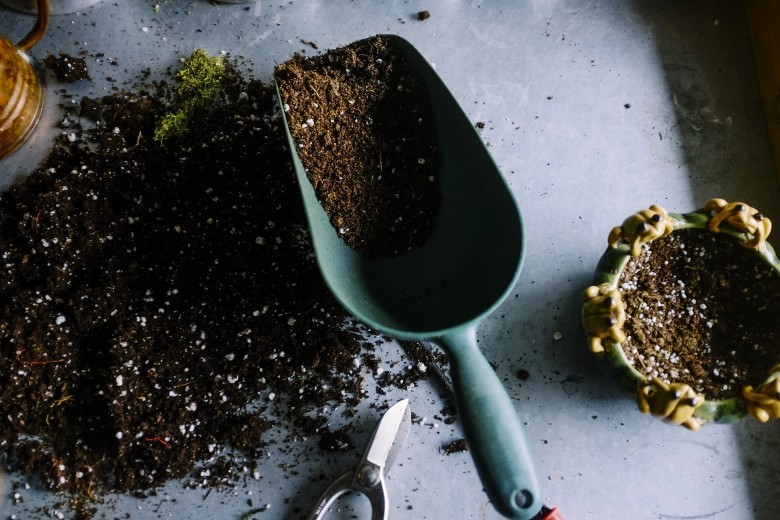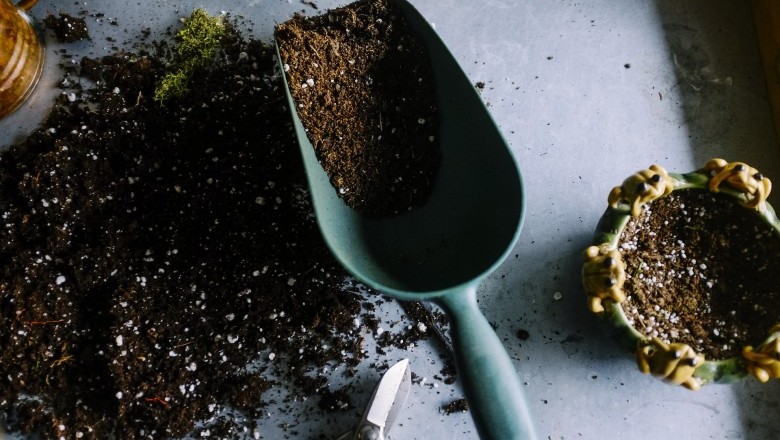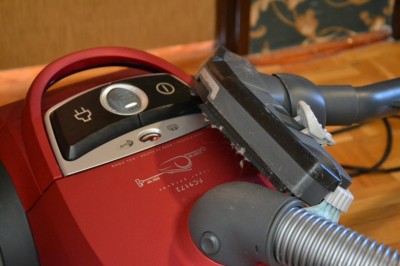
Characteristics of Different Types of Soil
The most important factor when beginning to cultivate your garden is to know your soils texture. Take a handful of moist soil and roll it between your palms until it forms a sausage shape. If it feels gritty and breaks apart immediately, the soil is predominately sand. If the soil feels smooth, and holds its shape for a short time before breaking apart, it is mostly silt. However, if it feels sticky and holds together, then it is clay.
Sandy Soil
Easy to cultivate and warm up quickly in spring. It drains well so the plants do not stand with their roots in water for too long. However, as it drains quickly, plants need to be regularly watered and fed if they are to thrive.
Silty Soil
This soil type is richer in nutrients than sandy soil. It is also heavier because it can retain moisture and has a tendency to become compacted. It does however tend to drain well and much easier to cultivate than clay.
Clay Soil
Weighty to lift and difficult to work. Drainage is usually bad; the soil is acid and clinging to the feet in wet weather. When preparing the beds for vegetables in clay soil, the organic fertilizer should be added at a rate of two bucketfuls to the sq. yd.
Loamy Soil
Contain sand, silt and clay, in such well-balanced proportions that none produces a dominating influence. These are amongst the most fertile soils. Almost any crop can be grown in them. They warm up quickly in spring and rarely dry out in summer.
Chalk Soil
It fertility depends largely on the depth of soil overlaying the chalk bed formation. If the topsoil is thin the ground will be poor and hungry. It will be bone dry in summer and the plants will need far more watering and feeding than on any other soil. If however, it is fairly deep, good growing conditions are possible.
Peaty Soil
It occurs in fen or boggy areas. Peat is composed of excessive quantities of humus and is associated with water-logging. The soil is usually very acid and contains few nutrients. It does have one advantage in that it warms up quickly in spring. It is excellent for plant growth if fertilizer is added.
Visit Gardening Information website and learn gardening tips. You will also discover which gardening tools match the tasks in your garden.
























